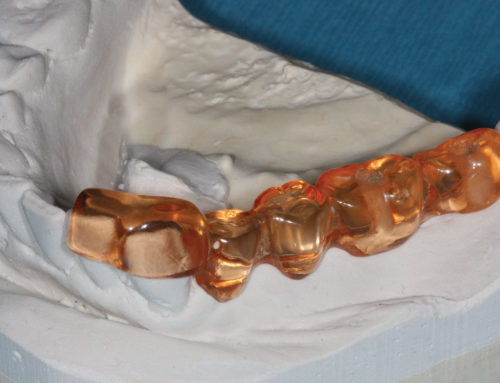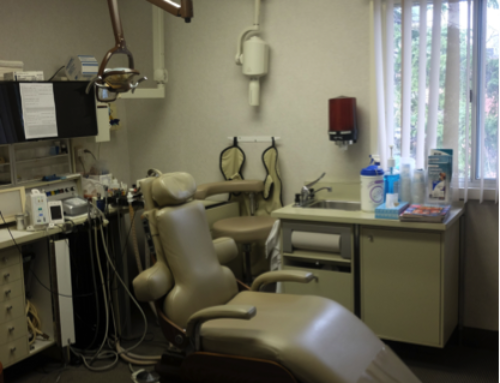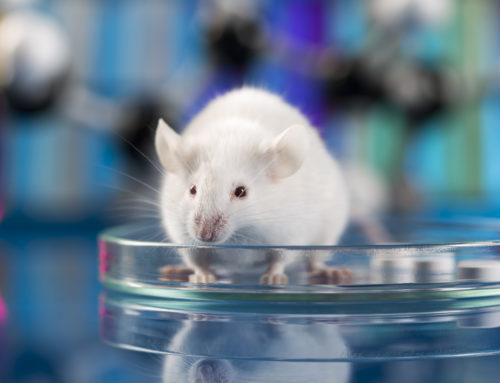
Endodontics has experienced a rapid and extensive development of technical evolution over the last two decades. Here are just a few of the advancements we’ve seen:
1. Endodontic Imaging
The shift from analog to digital continues as choices for digital imaging increase and costs decrease, especially for computed radiography. The advantages of digital imaging include dose reduction, faster clinical image access, ability to enhance images, elimination of wet processing, and easier transmission and access to archived images.
2. Root Canal Preparation
All treatment steps in endodontics need to be assessed under the premise of antimicrobial effectiveness. Current and future developments of instruments and strategies are aimed to provide anti-biofilm effects and remove less radicular dentin structure. As shaping alone is not sufficient to reduce microbial loads, adequate irrigation strategies will continue to complement canal preparation.
3. Root Canal Disinfection
Improvement in the fluid dynamics during root canal irrigation with new bubble dynamics and intensified cavitational bubbles are the mechanisms by which fluid dynamics can be improved. Watch for newer antimicrobials that demonstrate potent antibiofilm effects over sodium hypochlorite. Advancing modalities include nanoparticles with antibacterial properties, antimicrobial photodynamic therapy that generates phototoxicity on the target cells, photon-induced photoacoustic streaming, which is a direct shock wave generated by a laser in a liquid irrigant, and delivery of sodium hypochlorite activated by acoustic waves through a specialized handpiece.
4. Advances in Root Filling
Complex application schemes and uncontrolled/extended thermal shrinkage are some of the challenges in current root filling. Newer nanomaterial-based approaches show promise for the future, which accomplish immediate sealing properties, tissue compatibility and self-adhesion to root dentin.
5. Regenerative Endodontics
Many frontiers in regenerative endodontics are being currently investigated. These involve tissue engineering strategies that include the evaluation of suitable scaffolds, growth factors and harvested stem cells to be used in pulpal regeneration.





